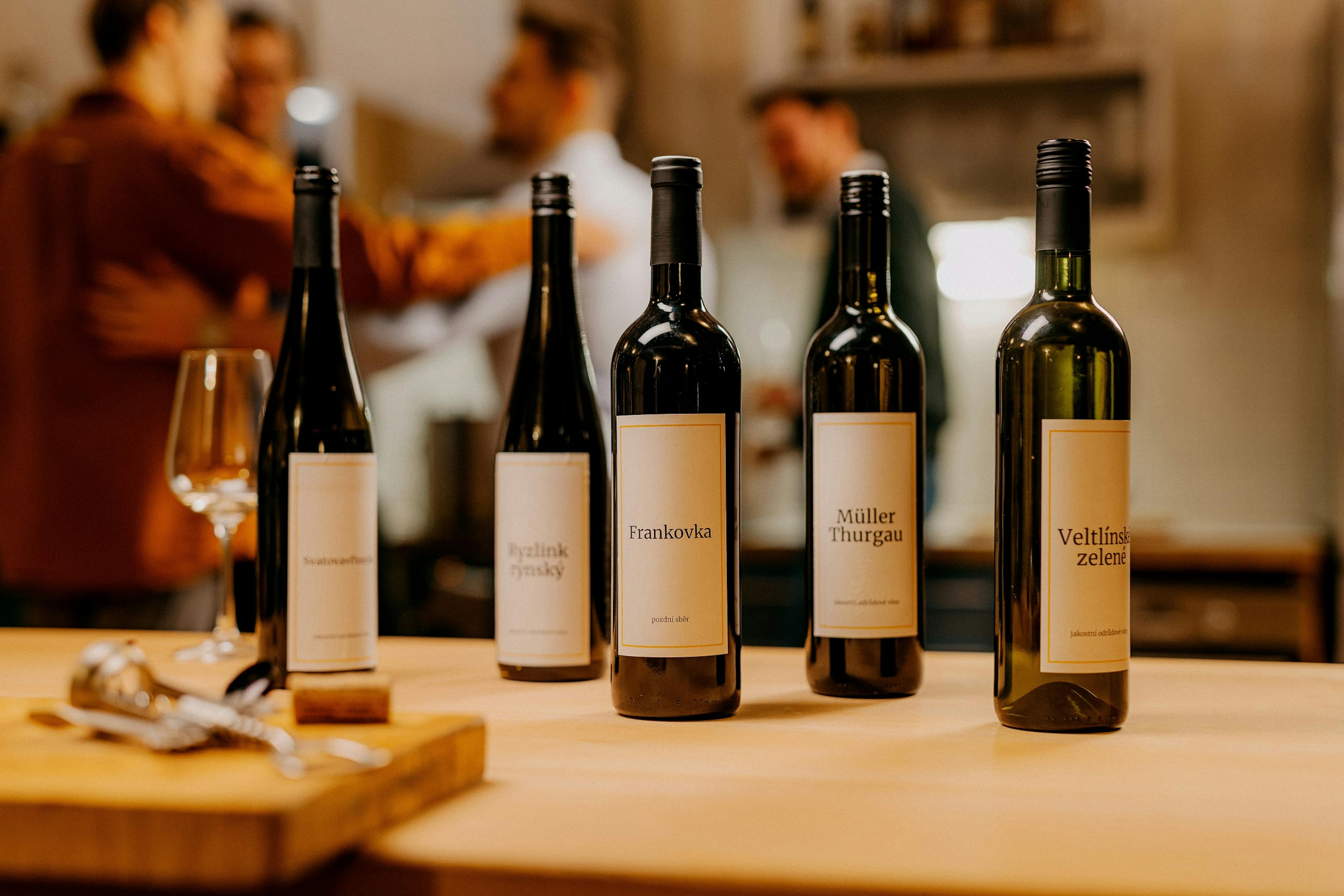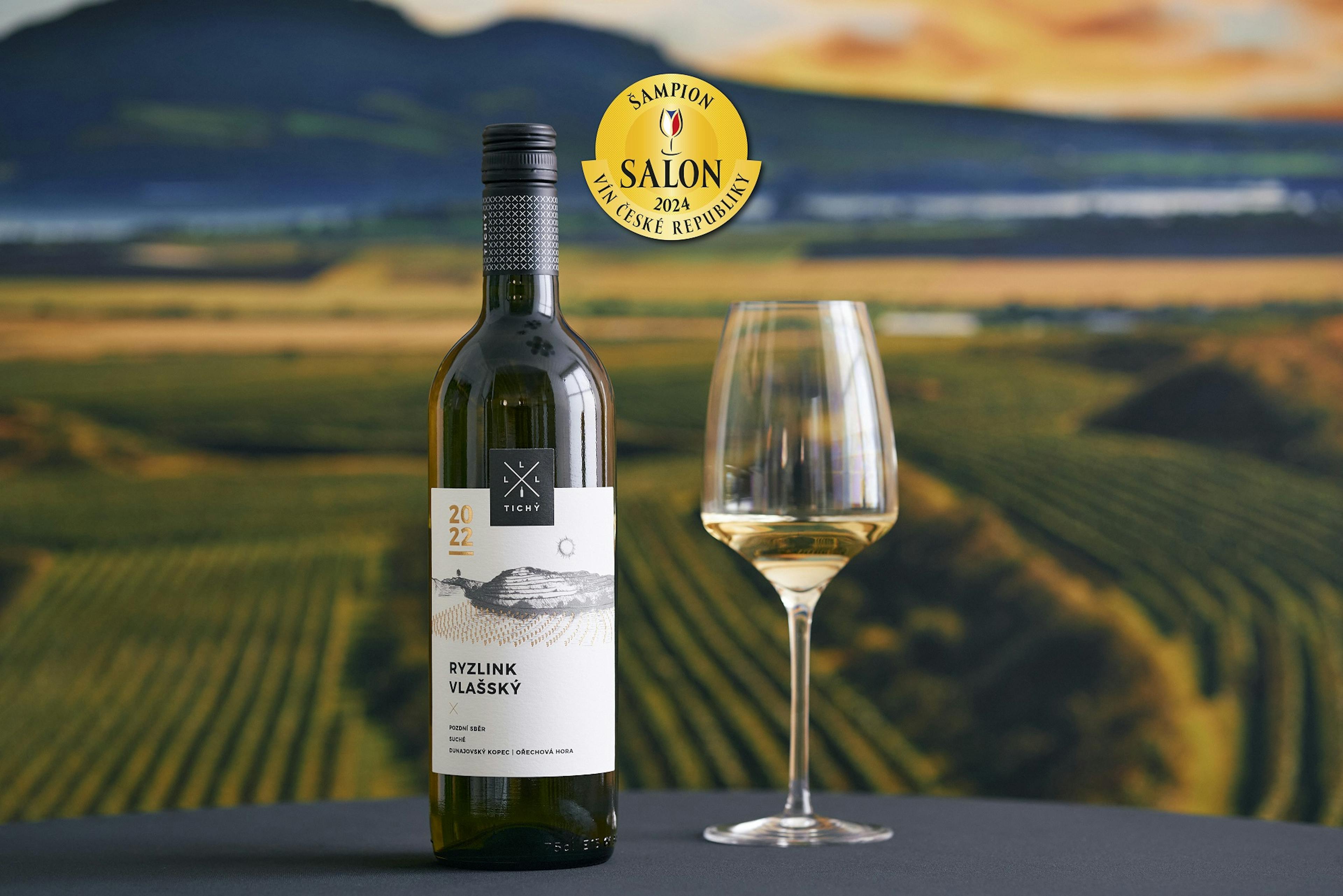Kyjov Wine Trail
The most demanding stage is on the hilly rolling land of the Ždánice forest, the sharp ascent and long downhill run in the Chřiby foothills.
Surface: 70% 3rd class roads, 30% surfaced or non-surfaced forest and field pathways
Max. altitude: 250 m
Passability: Most of the tracks of the trail are passable all year round, though the forest stretch Strážovice-Věteřov may be wet and only accessible on mountain bikes
Signposting: Cellar porch in green colour on yellow boards with a bicycle
Railway stations along the trail: Kyjov, Vlkoš, Čejč
Characteristics of the trail
The hilly profile and length the Kyjov wine trail sets a challenge to all experienced cyclists, while the diversity and biological value of the landscape presents a treat for lovers of nature. The trail does not form a closed circuit, but rather it is mirroring the character of the landscape on its course and there are several branches that lead to and join the Bzenec, Velké Pavlovice and Mutěnice wine trails respectively. In the course of a not insignificant ninety kilometres of wine trail, the moderately hilly terrain of the Kyjov highlands awaits you, rising steeply and then descending through beautiful downhill stretches of the Chřiby foothills and rugged sections with a view over the distant natural park of the Ždánice forest. The character of the trail is epitomised in its colour markings. Along the whole trip you will be accompanied by green hues reflecting the forest, bosky groves, vineyards, orchards, fields and meadows.
Wine region
The former Kyjov wine region is today a part of the larger sub-region of Slovácko (Moravian Slovakia). Viti- and viniculture in the Kyjov area already has a typical northern character and is distinguished by its rich varietal range. Not just varieties for the production of white wine are cultivated here but a great area under vine is dedicated to black grapes, which mostly give red wines of a racy character. Due to the vineyard positioning early ripening grape varieties such as Müller-Thurgau and Moravian Muscat abound here, while excellent quality is also achieved by the Pinot Gris and Riesling cultivars. There is a wide range of different types of wine-cellar architecture and also possibilities for tasting local “Burgundies” or “Müller-Thurgau” in the typical press-house settlements of Vlkoš, Kelčany, Skalka or Hýsly. The permanent wine exhibition in the cellar called “U Petra” in Kyjov in Šištóta offers wine tastings, as well as a museum exhibition of wine tools, utensils and folk costumes.
Points of interest and tourist attractions along the trail
In the first place there is obviously the town of Kyjov, centre of the Dolňácko folklore region. Ever since 1921 the Slovácko Year festival is held here every fourth year, the first-ever festival of folklore in this country. This celebration of folk costumes with song and dulcimer music and sitting together over a glass of good wine pulls you into the atmosphere of the merry-making of the people of our countryside from the outset of the twentieth century. The next edition will take place in August 2019. In Kyjov you may also visit the local History Museum with its permanent exhibition of archaeology, national folklore and natural sciences. The oldest preserved building in Kyjov is the renaissance chateau from the first half of the 16th century in the Palackého street. Today it is a museum.
Bukovany and Bukovany Mill. On the first floor is an exhibition hall, on the second is a small museum with exhibits from the history of Bukovany. Apparently what most catches the attention here are the findings from local prehistorical monuments.
Ždánice. Vrbas Museum on the ground floor of the chateau offers an extensive exhibition with culturally historic and folklore collections. A range of Napoleonic relics and curiosities is also concentrated here.
The Austrian emperor and Russian czar spent the night in Žarošice after the Battle of Austerlitz on 2nd December 1805. God only knows what went through their heads that evening after the lost battle.
In Vlkoš, a village lying to the south-east of Kyjov, turn off into the little lane of press houses known as “Búdy”.
Žeravice – in this village on 26 April 1616 the then 24-year-old Jan Amos Komenský was ordained a priest.
In the village of Ježov, on a steamy summer’s day, you will have the advantage of being able to take your bike to refresh yourself in the waters of the Upper (Horní) Ježov, where there is also a camp-site.
The village of Skalka is so-named because of the sandstone cliff overlooking the settlement. The local wine path goes through a colony of wine cellars called “Skoroňské bůdy”.
Make time for Moravany, Kostelec and the village of Čeložnice, where you will be able to refresh yourself without further ado in the two springs. First comes the glinting Kolomaznica and the second is Smrďavka, a sulphur spring, which bubbles out onto the edges of the forest right beside Čeložnický stream about 1.5 km north of Čeložnice.
More on the Kyjov wine trail is to be found on: www.stezky.cz.



